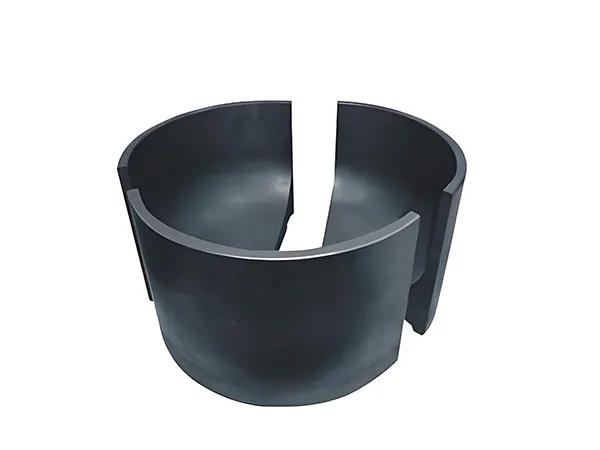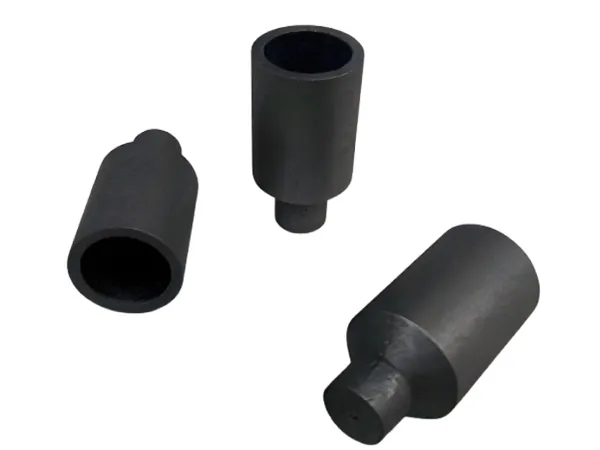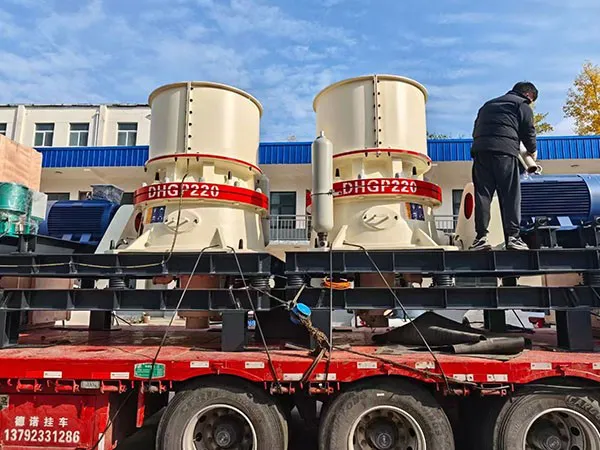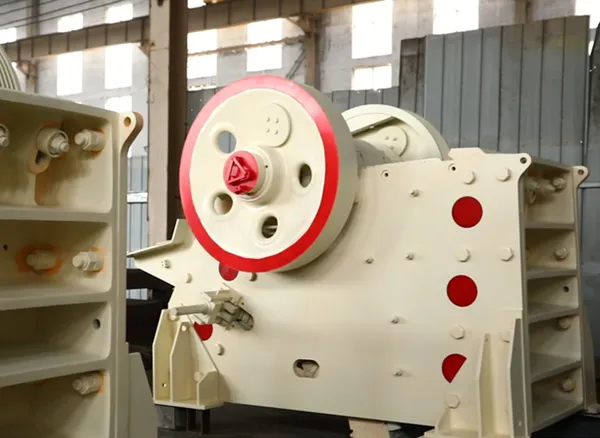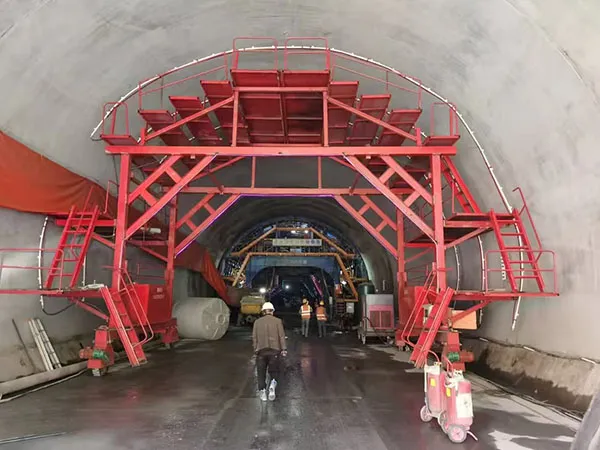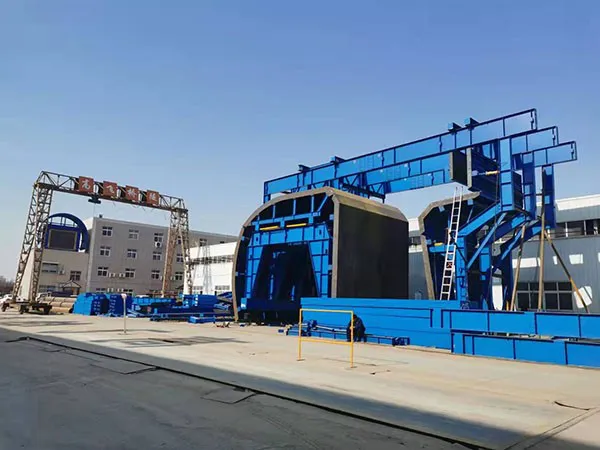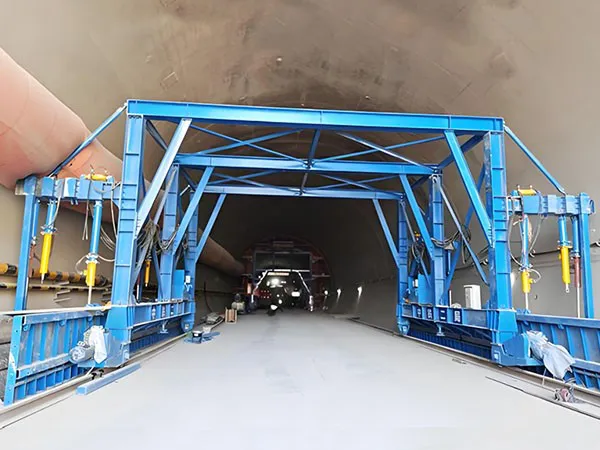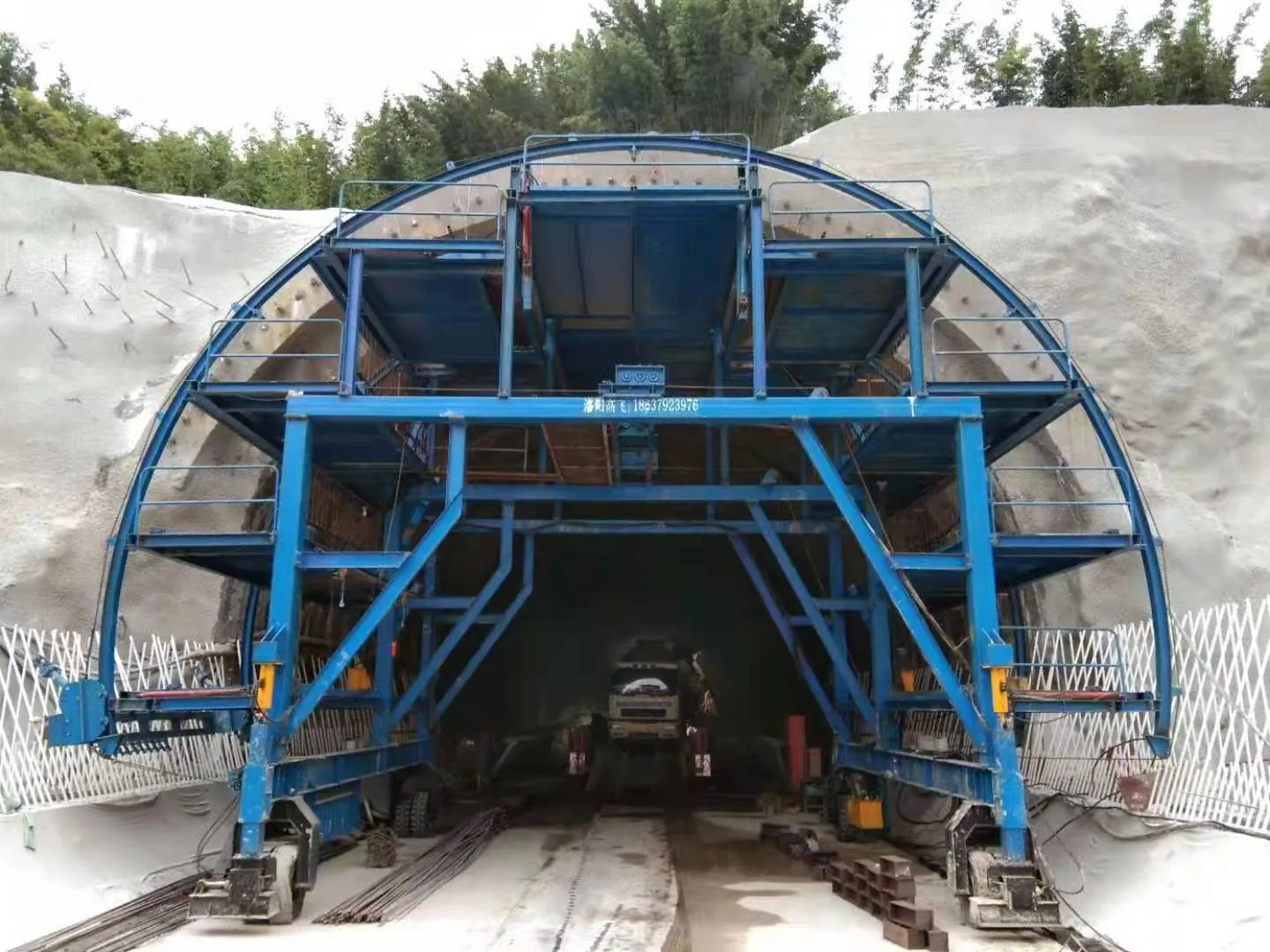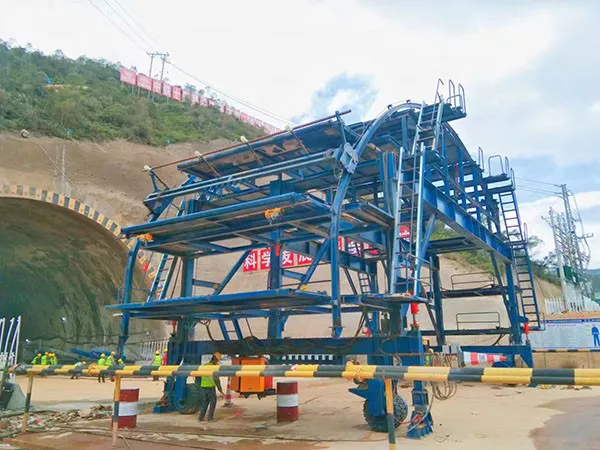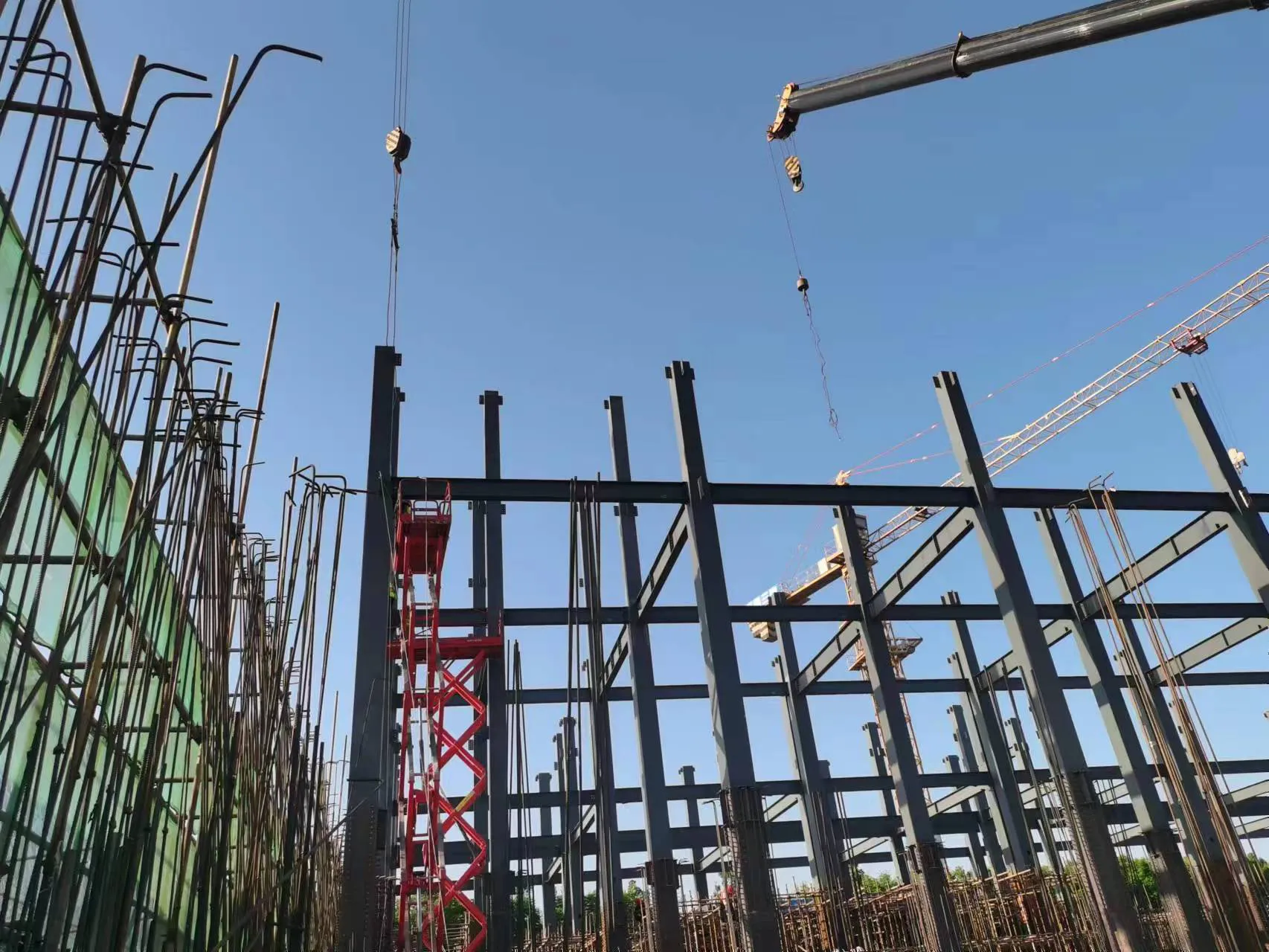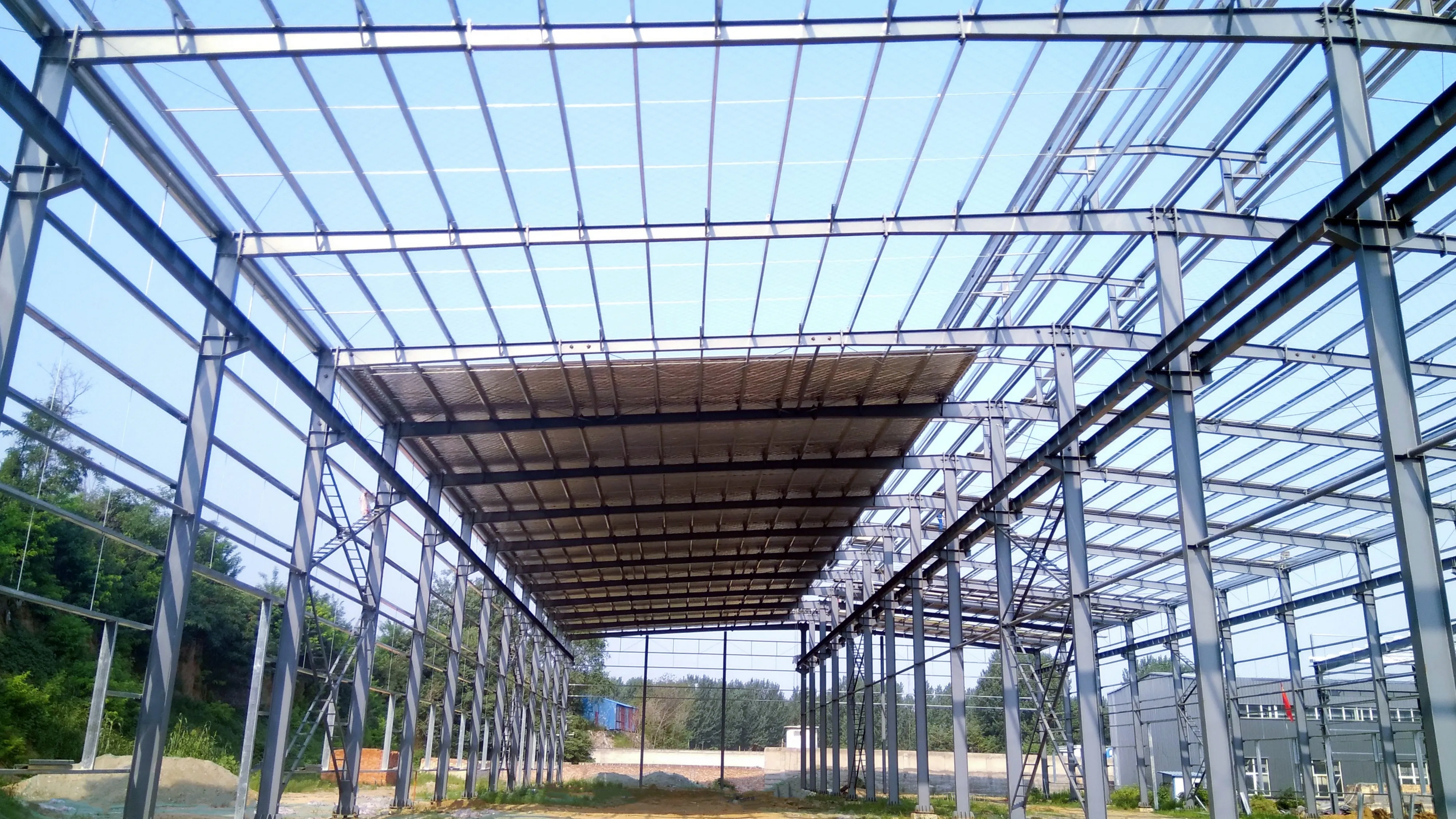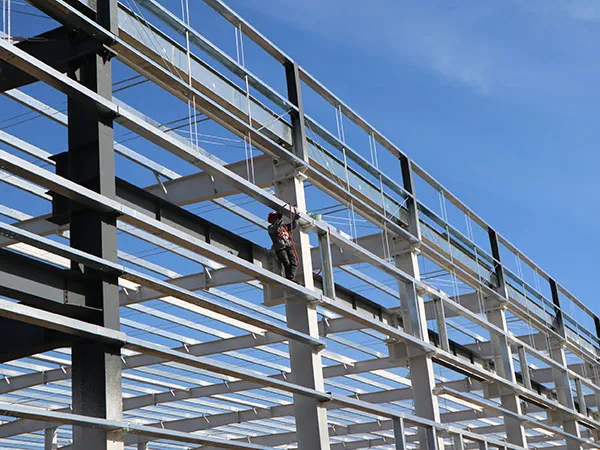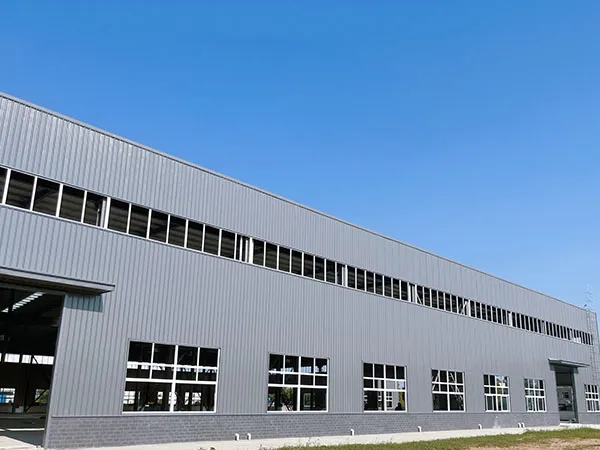La fuerza de vibración de un Pantalla vibrante es un factor crítico que afecta directamente la eficiencia del cribado, caudal de material, y rendimiento general del equipo. Ya sea que esté tratando con polvos finos o agregados gruesos, El ajuste adecuado de la fuerza de vibración garantiza una separación óptima y previene el desgaste excesivo o la falla mecánica. Comprender cómo ajustar la configuración de vibración puede ayudarlo a adaptarse a diferentes materiales, mejorar la productividad, y extiende la vida útil de tu máquina. En esta guía, Lo guiaremos a través de los principios básicos y los métodos paso a paso para ajustar la fuerza de vibración de su pantalla vibratoria de manera efectiva y segura..
Ajuste de fuerza de vibración de pantalla vibratoria

Ajustar la fuerza de vibración (a menudo denominado fuerza de excitación o fuerza G) de una pantalla vibratoria es crucial para optimizar la eficiencia de detección, evitando daños a la pantalla, y adaptarse a diferentes tipos de materiales o tasas de alimentación. El método exacto depende en gran medida del diseño específico del mecanismo vibrador de la pantalla, Pero aquí están las formas comunes de que se hace:
1. Ajuste de pesos excéntricos (Método más común):
Mecanismo: La mayoría de las pantallas vibrantes usan ejes giratorios con contrapesos excéntricos. La rotación de estos pesos desequilibrados genera la vibración. La cantidad de fuerza generada depende de la masa de los pesos y su distancia desde el centro de rotación (excentricidad).
Cómo ajustar:
Agregar/eliminar placas de peso: Muchos sistemas tienen contrapesos compuestos por varias placas o bloques apilados.. Agregando o eliminando estas placas (generalmente en pares simétricos en ambos lados del eje o en los ejes correspondientes), Cambia la masa desequilibrada total giratoria, aumentando así o disminuyendo la fuerza de vibración.
Cambiar la posición de peso (Ángulo/radio): Algunos diseños cuentan con contrapesos ajustables que se pueden girar en relación con el eje o entre sí.
Peso único ajustable: Se podría diseñar un solo bloque para deslizarse radialmente hacia afuera (fuerza creciente) o hacia adentro (Fuerza decreciente) y luego estar bloqueado en su lugar.
Múltiples pesos ajustables: A menudo, Hay dos o más segmentos de peso por lado. Cambiando el ángulo entre estos segmentos, cambias la excentricidad efectiva (La distancia del centro combinado de masa desde el centro de eje). Moverlos más juntos (alineado) Maximiza la fuerza; Moviéndolos más separados (opuesto) minimiza o cancela la fuerza.
Ubicación: Estos pesos se encuentran típicamente en los extremos del eje del vibrador.(s), a menudo encerrado dentro de los guardias de protección.
Procedimiento:
Seguridad ante todo: Siempre bloquee y etiquete la fuente de alimentación a la pantalla antes de quitar los guardias o hacer ajustes.
Retire los protectores que cubren los pesos excéntricos.
Afloje los pernos que aseguran los pesos.
Agregue/retire las placas o ajuste la posición angular de los pesos de acuerdo con las instrucciones del fabricante. Crucialmente, Los ajustes deben ser idénticos en ambos lados de la pantalla (o en los ejes correspondientes) Para mantener la vibración equilibrada y evitar daños.
Asegúrese de que los pesos sean apretados de forma segura al par especificado.
Reinstalar los guardias.
Prueba Ejecutar la pantalla y observar el rendimiento.
2. Velocidad de ajuste (Rpm):
Mecanismo: La fuerza de vibración es proporcional al cuadrado de la velocidad de rotación (Rpm). Por lo tanto, Cambiar la velocidad afecta significativamente la fuerza.
Cómo ajustar:
Unidad de frecuencia variable (VFD / VSD): Si el motor de pantalla está controlado por un VFD, Ajustar la salida de frecuencia cambia directamente la velocidad del motor y, por lo tanto, la fuerza de vibración. Este es el método más fácil y flexible si está disponible.
Cambio de poleas (Caradas): Para sistemas basados en la correa sin un VFD, Puede cambiar la relación de tamaño de la polea del motor y la polea del eje del vibrador. Una polea del motor más pequeña o una polea de vibrador más grande disminuirá la velocidad (y forzar); Una polea de motor más grande o una polea de vibrador más pequeña aumentará la velocidad (y forzar). Esto requiere calcular los tamaños de polea correctos y potencialmente cambiar la longitud de la correa. Este es un método de ajuste menos común utilizado más para la configuración inicial o los principales cambios de proceso.
…
Para obtener información más detallada sobre cómo ajustar la fuerza de excitación de la pantalla vibratoria, por favor haga clic aquí:https://www.hsd-industry.com/news/vibrating-screen-vibration-force-adjustment/

